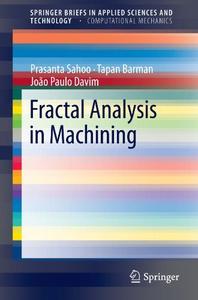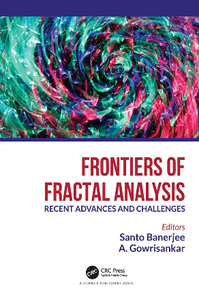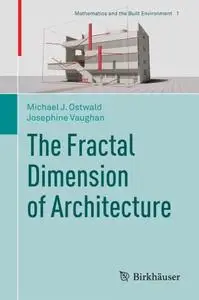Fractal Analysis in Machining by Prasanta Sahoo , Tapan Barman , João Paulo Davim
English | PDF (True) | 2011 | 86 Pages | ISBN : 3642179215 | 2.6 MB
The concept of fractals is often considered to describe surface roughness. Fractals retain all the structural information and are characterized by a single descriptor, the fractal dimension, D. Fractal dimension is an intrinsic property of the surface and independent of the filter processing of measuring instrument as well as the sampling length scale. This book cover fractal analysis of surface roughness in different machining processes such as Computer Numeric Control (CNC) end milling, CNC turning, electrical discharge machining and cylindrical grinding. The content here presented adds a significant contribution to the existing literature, with interest to both industrial and academic public.




